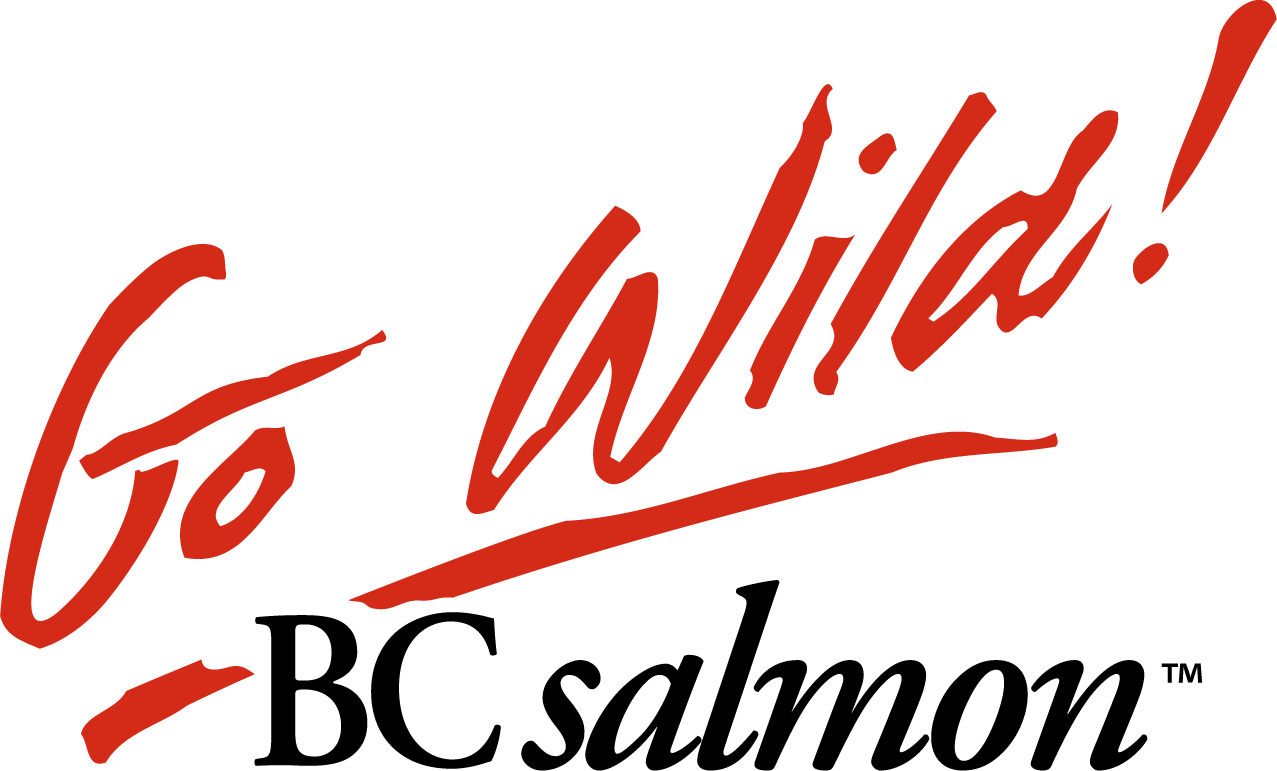Salmon Trolling on the North Coast of British Columbia
Salmon trolling is an iconic West Coast fishery that contributes to Canada’s reputation as leaders in sustainable fisheries management. For the troll fleet in B.C., this means strict annual catch limits, designated fishing areas, a limit on the number of fishing vessels, size restrictions on small fish, mandatory revival tanks to increase survival rates of bycatch, and daily catch reports for each vessel.
Spanning thousands of years, the troll fishery on the West Coast began with First Nations fishermen using hooks and handlines to fish for salmon from dugout canoes. Fast forward to today: aboard the F/V Heather Rae, a beautiful 54 foot vessel built in Victoria by Pelagic Pacific Industries in 1974. Captain Quincy Sample has spent the last year remodeling it from a fish packer into a salmon troller. He’s now on his way to troll for spring and coho salmon on the West Coast of Langara Island, just off the Northwestern tip of Haida Gwaii.
Quincy’s first fishing trips were jigging for rockfish with his dad when he was 10 years old. They fished together in sheltered inlets along the coast, keeping the rockfish alive to sell to restaurants in Vancouver. Since then, he’s branched out to fishing for herring and salmon by gillnet, catching spot prawns by trap, halibut by hook and line, trolling for salmon and trawling for shrimp. He’s fished alongside his brother Curt, his wife Esther and now his three children Luke, Hailey and Joel.
This trip, Quincy has his friends Darren and Justin Berg as his crewmen. Watching this father and son duo work tirelessly through heavy seas and socked in fog to haul in powerful 25 pound chinook salmon was the highlight of the trip.
Darren and Justin each controlled the three downriggers on either side of the boat. A downrigger consists of the trolling line, weights, 11 barbless hooks and a float (also called a pig). This combination allows the Heather Rae to have 66 barbless hooks fishing in the water without the fear of constant tangles.
All day, they worked through their lines, hauling them back one at a time with the hydraulic winch. No bait is needed as each barbless hook is fitted with a reflective flasher paired with a hoochie or spoon. This mimics the salmon’s prey (herring and squid) as it’s pulled through the water at a cruising speed of 3 knots.
Every fish that bites has to be pulled in by hand for the last 20 feet. Justin explained that “Bringing in a 25 lb spring salmon is a really great feeling. Once It’s in the boat you’re happy! Losing a big fish is possibly the worst feeling.”
The long and rewarding day ends with the crew pulling in their lines and hosing down the deck. Quincy is in the galley preparing a fish taco feast, stomping his feet and singing Stompin’ Tom. All of us take a moment to enjoy the sunset unfolding at the back on the boat as the last of the troll fleet heads to anchor in Hazardous Cove, Langara Island.
When asked over dinner what his favourite parts of the job are Darren responded “it’s the lifestyle, the scenery and the comradery. Working with your best friend and your son is a pretty neat thing to do. I really enjoyed the quality time spent in getting to bond with my son through fishing.”
The men and women who are bound to the West Coast salmon troll fishery intimately understand the importance of salmon conservation and enhancement. Despite all of the strict rules and regulations that the fleet abides by, without heavily protected oceans, rivers, and watersheds, it’s not just the salmon stocks that are at risk; it’s also the lifestyle and tradition of those who work in the fishery.
Article and photos by Chelsey Ellis







